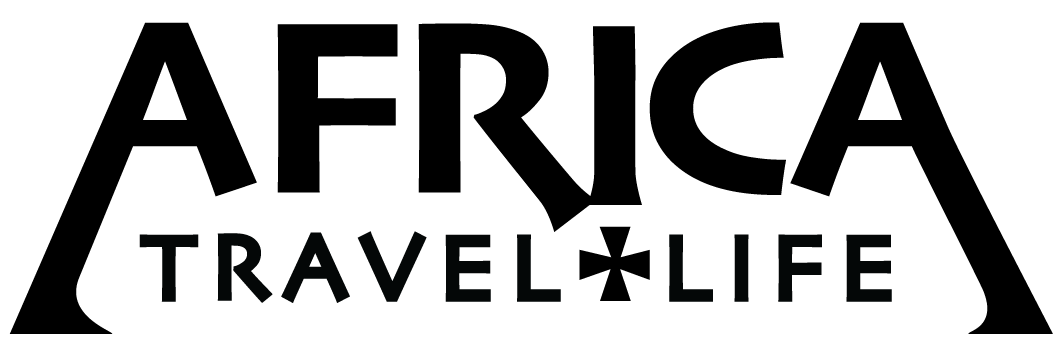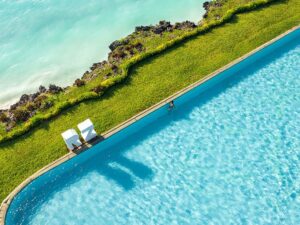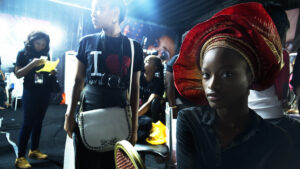Some days it is just really all about you. It's...
Read MoreHistory Unfolds Through Seven UNESCO World Heritage Sites
- The Casbah
The Casbah (citadel) is the citadel of Algiers and the traditional quarter clustered around it. In 1992, UNESCO proclaimed Kasbah of Algiers a World Cultural Heritage site, as “There are the remains of the citadel, old mosques and Ottoman-style palaces as well as the remains of a traditional urban structure associated with a deep-rooted sense of community. To enter the Casbah of Algiers, walk pass the old city wall that sits on the top of the hill across from the Barberousse Prison.

Tourists will find that Algeria is a country filled with historic destinations spanning thousands of years, whose stories are told through seven incredible UNESCO world heritage sites. Algeria produced and is also linked to many civilizations, empires, and dynasties. They include ancient Numidians, Phoenicians, Carthaginians, Romans, Vandals, Byzantines, Umayyads, Spaniards, Ottomans, Fatimids, the French colonial empire, and more.
In 1250 BC, Phoenician traders arrived on this North African coast establishing “Carthage” whose power declined after successive defeats by the Romans in the Punic Wars. Then the influence of Numidian leaders in the hinterland grew under the rule of King Massinissa. He made CIRTA, what is today Constantine, the capital of Algeria. After the defeat of King Massinissa’s son, King Jugurtha, the Romans gained control of Algeria in the Tell Atlas region and part of the haut Plateaus. Roman styled cities were built up in Tipaza and Timgad. The 5th century marked the end of Roman control.
This history is told through the remains of cities, artifacts, architecture and archaeological finds at seven UNESCO sites in Algeria.
A Century Old Fashion Statement
Nigerian Model Mayowa Nicholas took pride in showing how to...
Read MoreCruise Seven Exciting West African Cities in 19 Days
Explore the West African coast starting in Dakar, Senegal's vibrant...
Read More- Historic city of Bejaïa
Bejaia is a favorite holiday destination that has preserved its Berber heritage, language and customs.
Surrounded by the huge Djurdjura, the Bibans and the Babors massifs, Béjaïa is one of the oldest cities in Algeria, founded in 26 or 27 BCE. In the Middle Ages, the city was a prosperous Mediterranean center of great learning. The Citadel, the most important historic monument of the city, is the result of numerous cultures including Roman, Hammadid, Spanish, Turkish, French and Arab-Muslim. It symbolizes an extinct cultural tradition, and exhibits important periods in history.
The site has been listed as an Algerian national heritage site since 1968.

- Constantine, Algeria
The Arch of Constantine is the largest remaining triumphal arch and the last great monument of the Roman Empire. Erected in 315 CE, the arch uses parts from the structures of past emperors and commands a prominent location at the end of the Via Triumphalis in Rome, next to the famous Roman Forum.
Constantine is one of the world’s most beautiful and oldest cities. Founded by the Phoenicians, it became the capital of the Numidian Kingdom under the name Cirta. Completely destroyed by Maxence in 311CE, it was rebuilt shortly afterwards by Emperor Constantine who named it after himself. Constantine has preserved the historic relics of three millennia of Numidian, Roman, Muslim, Ottoman and colonial occupation. The ancient city has been listed as an Algerian national heritage site since December 2004.
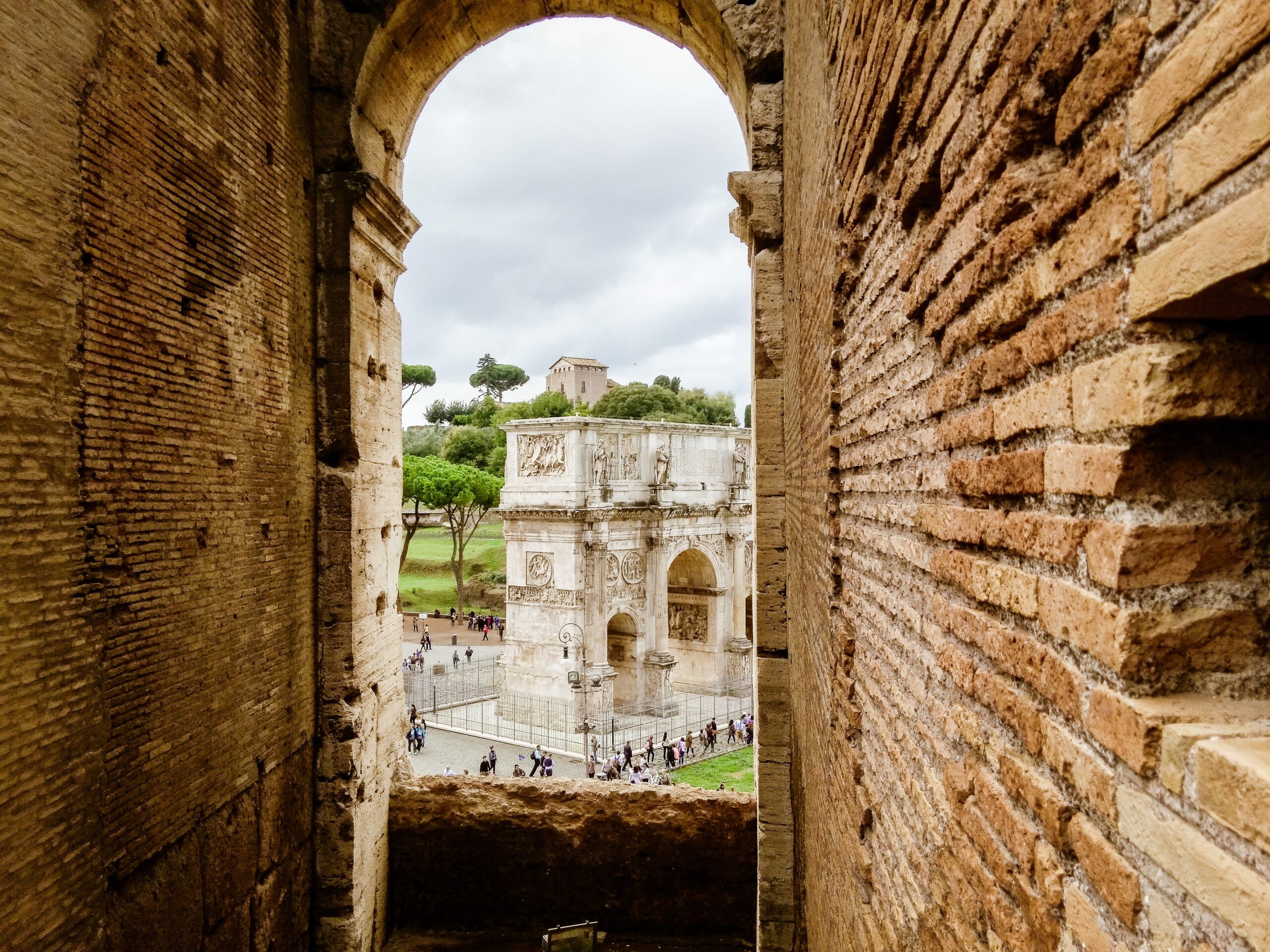
- Djémila
Djémila was inscribed on the World Heritage list in 1982. This archaeological site comprises the remains of an ancient Roman colony founded during the reign of Nerva. It bears exceptional testimony to the Ancient Roman civilization and is an outstanding example of a type of architectural ensemble illustrating a significant stage in Roman history of North Africa, from the 2nd to the 6th centuries.
The World Heritage property of “Djémila” is located on the outskirts of the modern-day settlement of Djémila.
Situated 900 m above sea-level, Djémila, or Cuicul, is home to forum, temples, basilicas, triumphal arches and houses, and is an interesting example of Roman town planning adapted to a mountain location.

- M’Zab Valley
In the heart of the Sahara Desert, the five ksours (fortified villages) of the M’Zab Valley form an extraordinarily homogenous ensemble in the desert, the mark of a sedentary and urban civilization with its original culture preserved throughout the centuries.
The M’Zab Valley has conserved practically the same way of life and the same building techniques since the 11th century, ordered as much by a specific social and cultural context, as by the need for adaptation to a hostile environment, the choice of which responded to a historic need for withdrawal and a defensive imperative. Each of these miniature citadels, surrounded by walls, is dominated by a mosque, the minaret of which functions as a watchtower. At the beginning of the first millennium, the Ibadis created in the M’Zab, with local materials, a vernacular architecture which, with its perfect adaptation to the environment and the simplicity of its forms, is an example and an influence for contemporary architecture and town-planning.
The architecture of the M’zab settlements was designed for egalitarian communal living, with respect for family privacy. The Mzab Valley was listed as a UNESCO World Heritage Site in 1982, as an intact example of traditional human habitat perfectly adapted to the environment.

- Al Qal'a of Beni Hammad
In a mountainous site of extraordinary beauty, the ruins of the first capital of the Hammadid emirs, founded in 1007 and demolished in 1152, provide an authentic picture of a fortified Muslim city. The mosque, whose prayer room has 13 aisles with eight bays, is one of the largest in Algeria.
The Qal’a of Beni Hammad is a remarkable archaeological site of preserved ruins in a mountainous setting on the southern flank of Djebel Maâdid. It is one of the most interesting and most precisely dated monumental complexes of the Islamic civilization. It was the first capital of the Hammadid emirs and enjoyed great splendour. The Qal’a comprises, within 7 km of partially dismantled fortified walls, a large number of monumental vestiges, among which are the great Mosque and its minaret, and a series of palaces. The mosque, with its prayer hall comprising 13 naves of 8 bays is the biggest after that of Mansourah and its minaret is the oldest in Algeria after that of Sidi Boumerouane. The ruins of the Qal’a bear witness to the great refinement of the Hammad civilization, an original architecture and the palatial culture of North Africa.
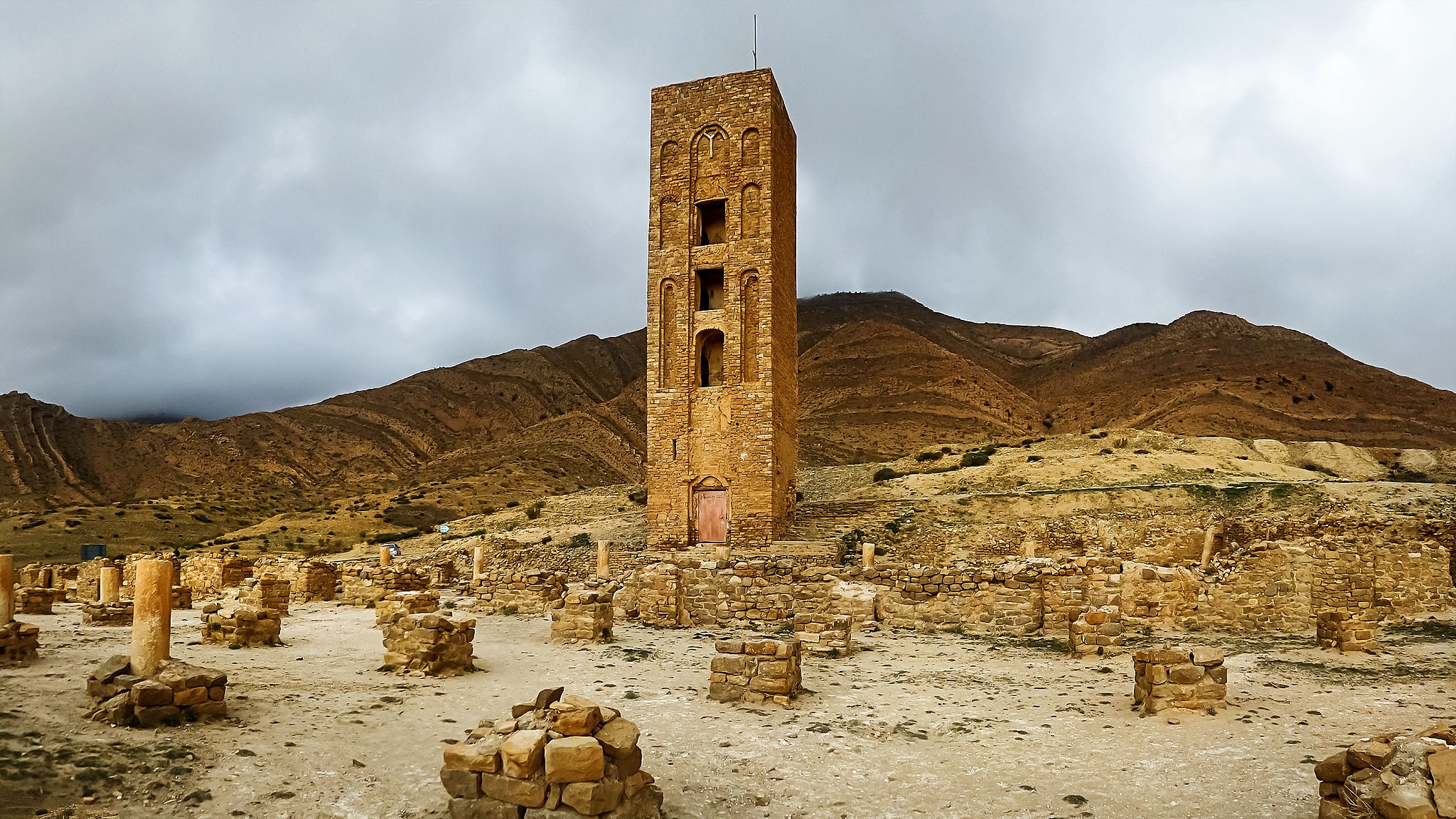
Founded as a military stronghold, it was elevated to the level of metropolis. It has influenced the development of Arab architecture as well as other civilizing influences, including the Maghreb, Andalusia and Sicily.
All the attributes of the property such as the archaeological vestiges, the surrounding walls, the mosques, palaces and minaret form a coherent ensemble and remain intact.
- Timgad
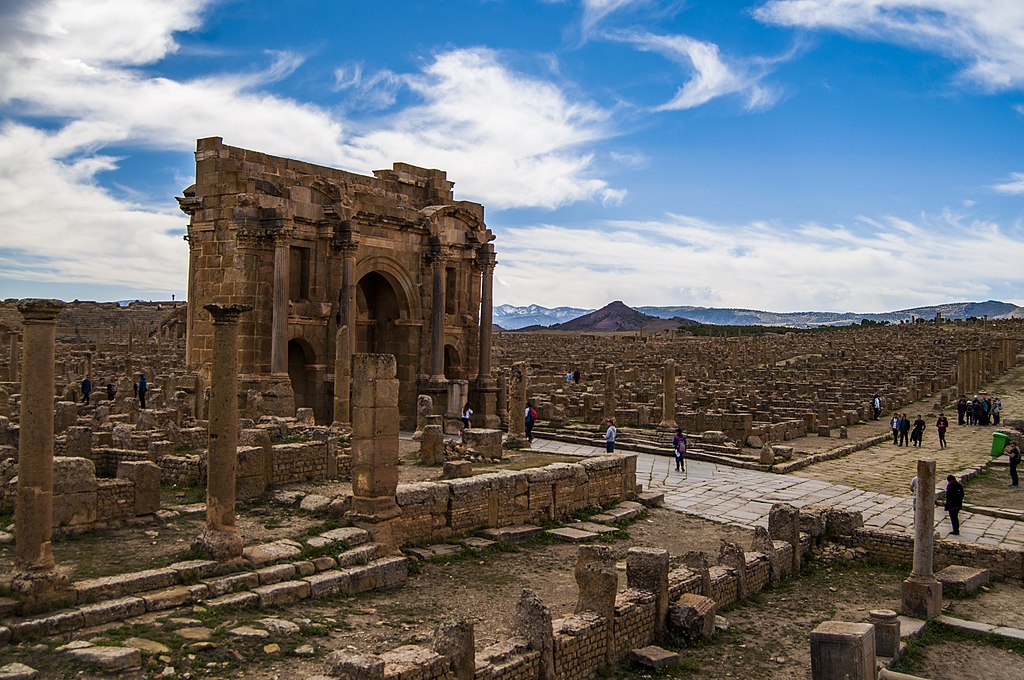
With its square enclosure and orthogonal design based on the cardo and decumanus, and two perpendicular routes running through the city, it is an excellent example of Roman town planning.
Timgad, located to the north of the massif of the Aurès in a mountainous site of great beauty, 480 km south-east of Algiers and 110 km to the south of Constantine, is a consummate example of a Roman military colony created ex nihilo. Its plan, laid out with great precision, illustrates Roman urban planning at its height. By the middle of the 2nd century, the rapid growth of the city had ruptured the narrow confines of its original foundation. Timgad spread beyond the perimeters of its ramparts and several major public buildings are built in the new quarters: Capitolium, temples, markets and baths. Most of these buildings date from the Severan period when the city enjoyed its Golden Age, also attested by immense private residences.
A strong and prosperous colony, Timgad must have served as a compelling image of the grandeur of Rome on Numidian soil. Buildings, constructed entirely of stone, were frequently restored during the course of the Empire: the Trajan Arch in the middle of the 2nd century, the Eastern gate in 146, and the Western gate under Marcus-Aurelius. The streets were paved with large rectangular limestone slabs and, as attested by the 14 baths which still may be seen today, particular attention was paid to the disposition of public conveniences. The houses, of varying sizes, dazzle by their sumptuous mosaics, which were intended to offset the absence of precious marbles. During the Christian period, Timgad was a renowned bishopric. After the Vandal invasion of 430, Timgad was destroyed at the end of the 5th century by montagnards of the Aurès.
The site of Timgad, with its Roman military camp, its model town-planning and its particular type of civil and military architecture reflects an important interchange of ideas, technologies and traditions exercised by the central power of Rome on the colonisation of the high plains of Antique Algeria.
- Tipasa
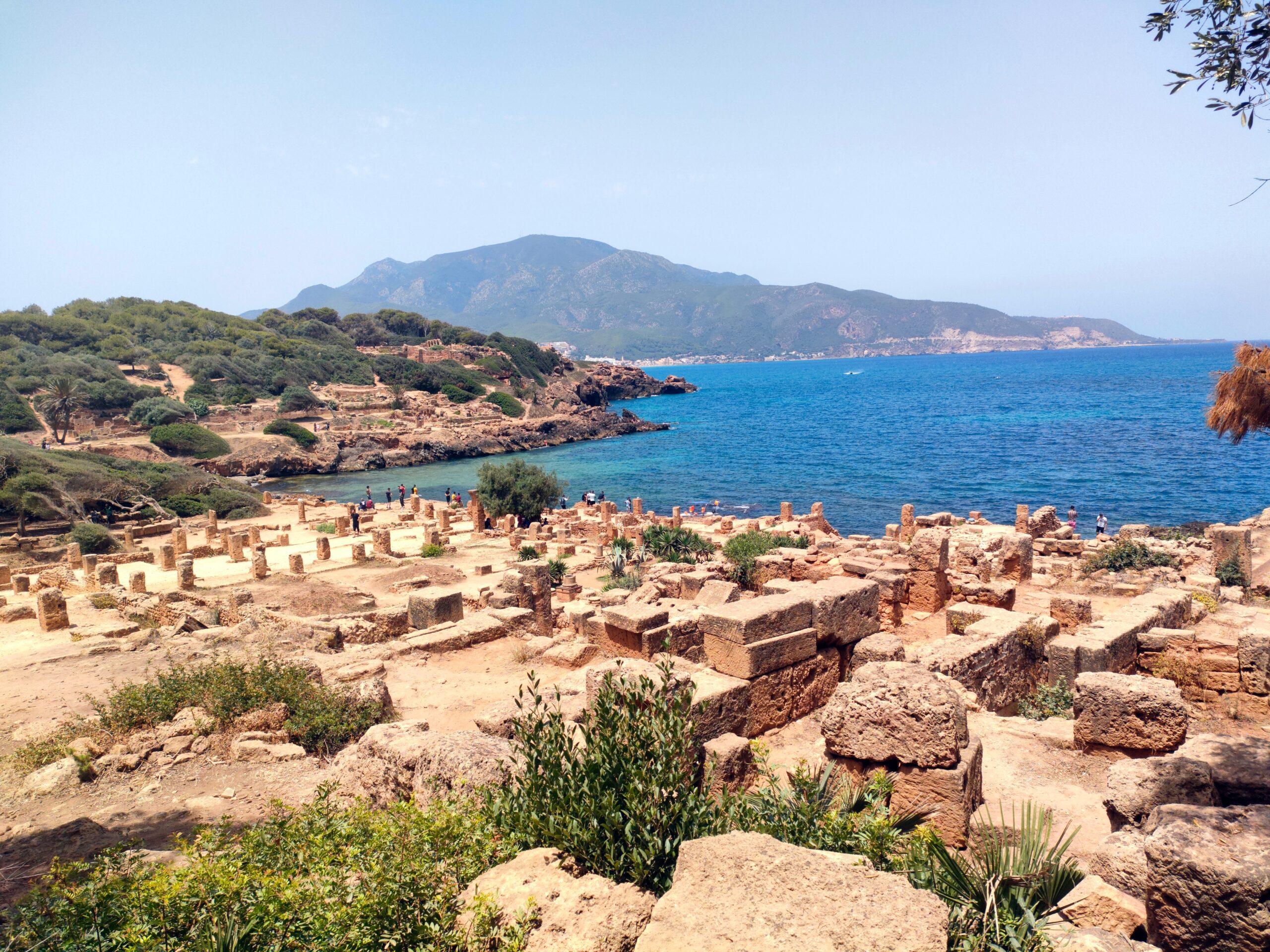
On the shores of the Mediterranean, Tipasa was an ancient Punic trading-post conquered by Rome and turned into a strategic base for the conquest of the kingdoms of Mauritania. It comprises a unique group of Phoenician, Roman, palaeochristian and Byzantine ruins alongside indigenous monuments such as the Kbor er Roumia, the great royal mausoleum of Mauretania.
West of Algiers, it comprises two archaeological parks in the vicinity of the present urban complex and the Royal Mauritanian Mausoleum.
The archaeological site of Tipasa regroups one of the most extraordinary archaeological complexes of the Maghreb, and perhaps one which is most significant to the study of the contacts between the indigenous civilizations and the different waves of colonization from the 6th century B.C. to the 6th century A.D. This coastal city was first a Carthaginian trading centre, whose necropolis is one of the oldest and one of the most extensive of the Punic world (6th to 2nd century B.C.). The monumental, circular funerary building, called the Royal Mauritanian Mausoleum, associates a local architectural tradition of the basina type, to a style of stepped truncated roof covering, the result of the different contributions, notably Hellenistic and Pharaonic.
From the 3rd to the 4th centuries A.D. a striking increase in Christianity is demonstrated by the multitude of religious buildings. Some are decorated with high quality mosaic pavings, illustrating scenes from daily life, or geometric patterns. Tipasa bears exceptional testimony to the Punic and Roman civilizations now disappeared.
